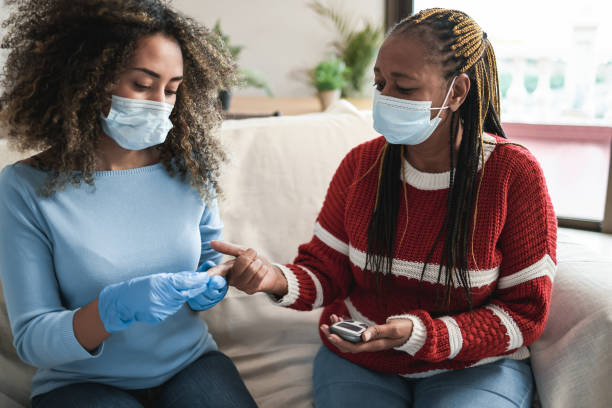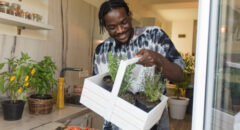
Newly diagnosed diabetes in many COVID-19 patients may be a temporary type triggered by COVID, according to a new study.
Blood sugar levels returned to normal in about half of the newly diagnosed diabetes patients after they left the hospital, and only 8% required insulin after one year, according to the report published online recently in the Journal of Diabetes and its Complications.
What’s causing this newly diagnosed diabetes?
“We believe that the inflammatory stress caused by COVID-19 may be a leading contributor to ‘new-onset’ or newly diagnosed diabetes,” lead author Dr. Sara Cromer, an investigator at Massachusetts General Hospital (MGH) in Boston says.
“Instead of directly causing diabetes, COVID-19 may push patients with pre-existing but undiagnosed diabetes to see a physician for the first time, where their blood sugar disorder can be clinically diagnosed,” she added in a hospital news release. “Our study showed these individuals had higher inflammatory markers and more frequently required admission to hospital ICUs than COVID-19 patients with pre-existing diabetes.”
For the study, Cromer’s team looked at 594 COVID-19 patients who had signs of diabetes when they were admitted to MGH at the height of the pandemic in the spring of 2020.
Of those, 78 had no previous diabetes diagnosis. Many had less severe blood sugar levels but more severe COVID-19 than those with a previous diabetes diagnosis, the study found.
However, blood sugar did revert to normal in about half of these COVID-linked cases.
“This suggests to us that newly diagnosed diabetes may be a transitory condition related to the acute stress of COVID-19 infection,” Cromer shares.
RELATED: Could Working Out After Your COVID Shot Boost Your Immunity?
Is this diabetes permanent?
Acute insulin resistance appears to be the key mechanism underlying newly diagnosed diabetes in most COVID-19 patients, and if it occurs,








